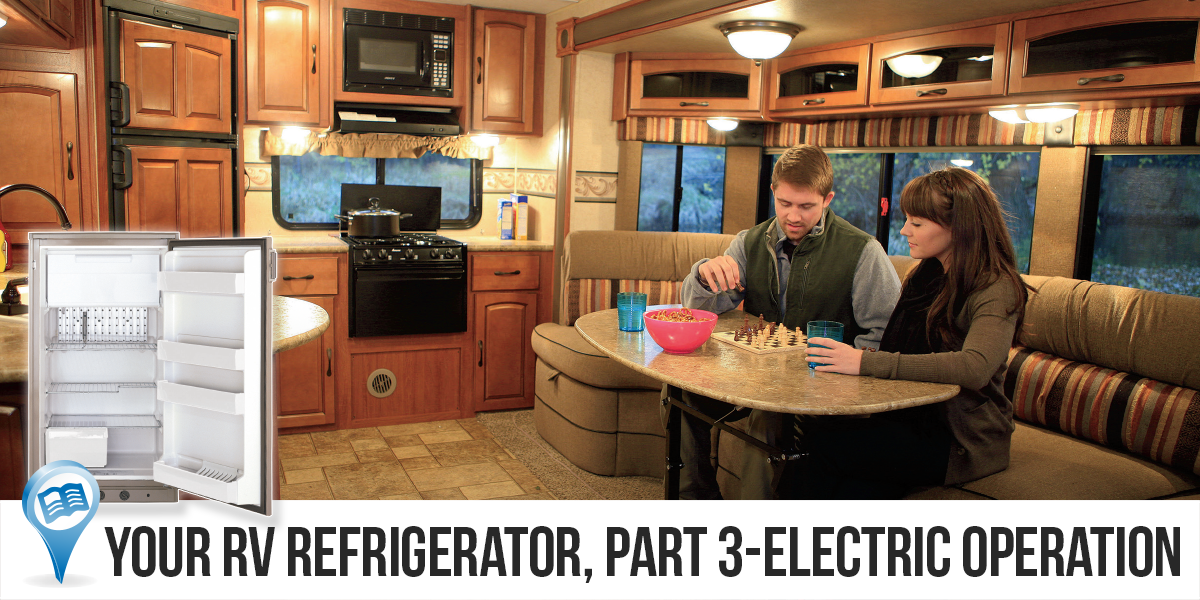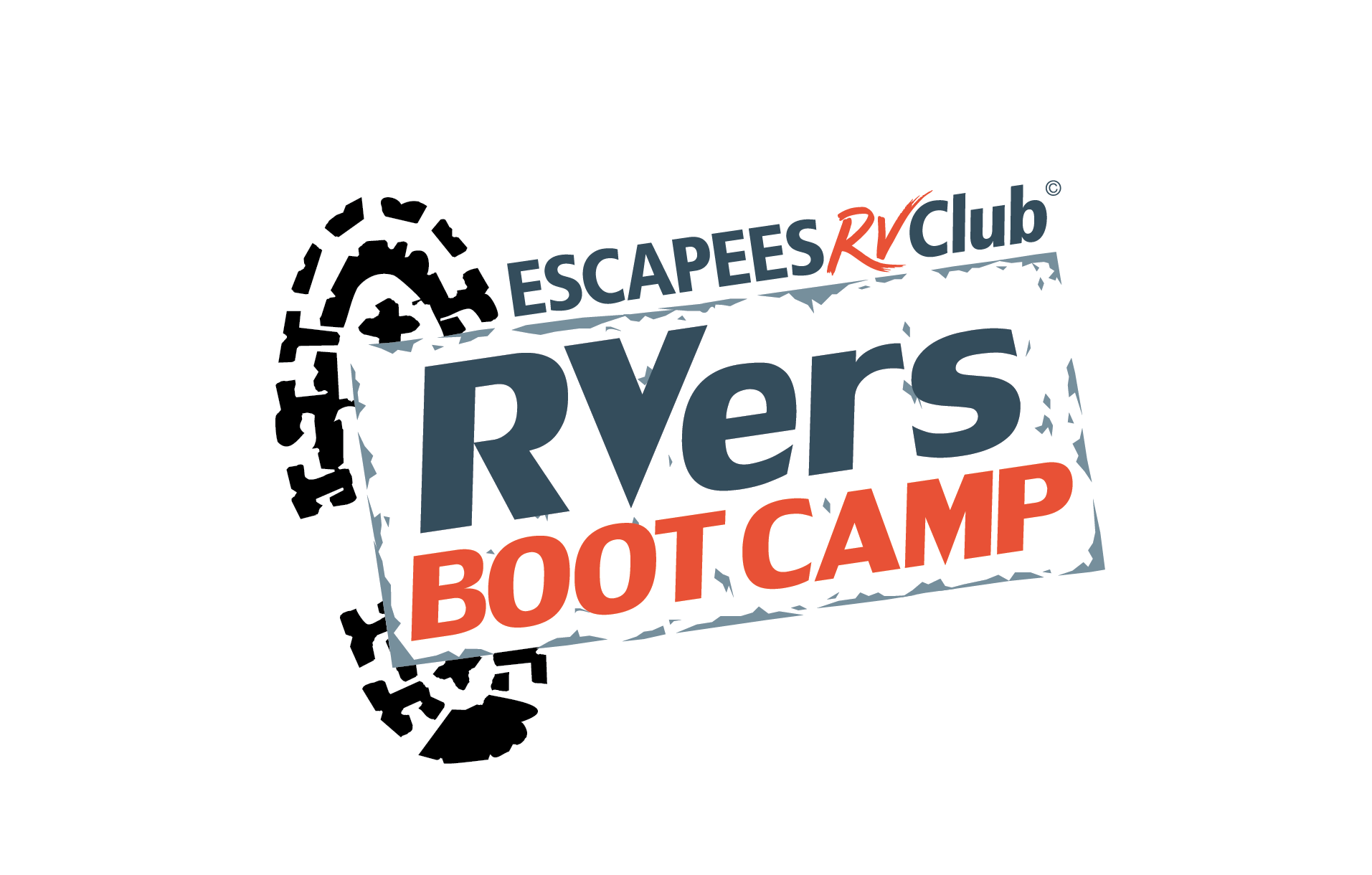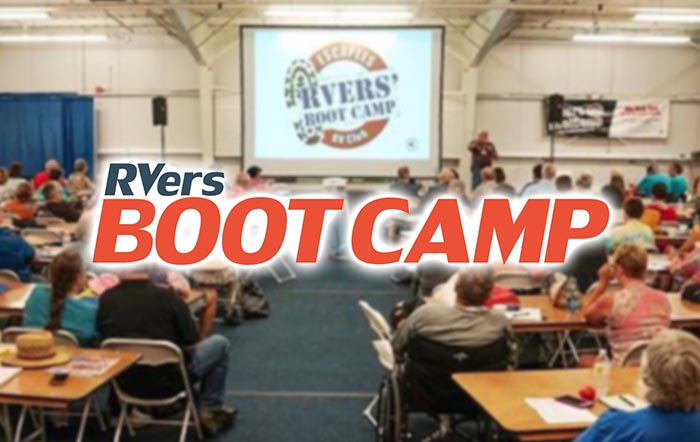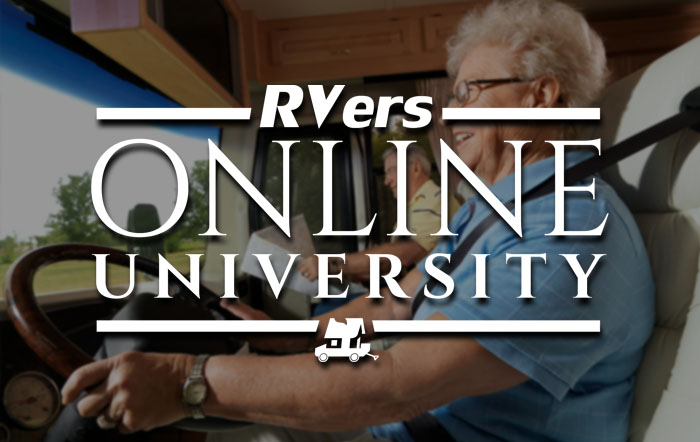
By Paul Unmack, PE-CSE, ME #116483, www.arprv.com
In the first article of this series on refrigerators, we covered how the cooling unit works and an example was given on how to test the cooling unit using both of the heat sources.
The second article covered the refrigerator not operating properly on LP gas. This article will cover the opposite scenario. For example, when the refrigerator is run on LP gas, the refrigerator temperature is at 38°F. Then you change the mode of operation to the shore-power mode (AC). A few hours later, the refrigerator temperature climbs up to 60°F; clearly, there is a problem with the AC mode of operation. We will cover the electric heaters and how they work, troubleshooting and electric heater safety.
Electric Heater Configuration
For clarification, the electric modes of operation will be separated into two categories as follows: Less than six-cubic-foot and greater than six-cubic-foot refrigerated cabinet capacity. Some of the less than six-cubic-foot refrigerators can have two electric modes of operation, one 12VDC and the other 120VAC operation. These refrigerators are referred to as 3-way and have two electric heaters, one 12VDC and the other 120VAC. (See more about the third mode of operation in the safety section of this article.) For the greater than six-cubic-foot refrigerator, most only have the AC electric heat mode (2-way). For refrigerators greater than eight cubic feet, many have two AC heaters rather than only one. This configuration will be discussed in the troubleshooting and safety sections of this article.
Operation
The question often asked is why the refrigerator works slightly better on LP gas mode than the electric heating mode. The answer is that LP gas transfers the heat more efficiently into the boiler tube of the cooling unit through the flue tube (chimney) of the gas burner. The flue tube runs the length of the insulated boiler housing. (See LP burner assembly drawing in the November/December issue.) As a result of the increased area for heat transfer from the flue tube, the LP gas mode of operation is a little more efficient for the refrigeration process. There are a lot of ways of rating efficiency from the RVer’s perspective. If shore power is included with the cost of a campsite, then shore power is more cost-effective.
How They Work
An electric heating element is simply a resistance. Think of a teenager. When you tell them to do something, they often resist and, as a result, you may get hot. When electricity flows through a resistance, the resistor gets hot. Therefore, an electric heater is a resistor. In order to check an electric heater, you must measure the resistance of the heater. Most digital multi-meters (DMM) have an ohm (?) measuring function. To measure the ohms is to measure the resistance of the heating element.
The proper heater resistance value is found in the service manual for a particular refrigerator. Another way to find the proper heater resistance value is to go to ARPrv.com. A data base of the service manual specifications for RV refrigerators listed by make and model is being compiled. For example, see our “Norcold Service Manual 1200 Series” page. If your refrigerator is not listed, please contact us and we will be glad to assist you.
Power Supply
If your refrigerator is not working satisfactorily on the shore power, often it is easiest to start by checking the shore power voltage supply to your RV. If you are not at ease working around electricity, I recommend that you have your local RV technician perform the following tests. If you are confident working with electricity, remember to disconnect the shore power before working on any live circuits. When troubleshooting, it’s best to start at one end of a system and work toward the other. Although we start our discussion at the shore power end, you can start at the electric heater to check the voltage.
Starting with your shore power, check the voltage, and if it is lower than around 110VAC, you may have a voltage supply issue. One manufacturer’s service manual recommends +/-10%, which would be 108-132VAC. Many surge protectors and power management devices can tell you the shore power voltage; otherwise, a digital multimeter is needed. If you have proper shore power voltage, the next step is to check for AC voltage at the receptacle where the refrigerator power cord plugs in. If there is no AC power at that receptacle, check to see if a circuit breaker or GFI/GFIC is tripped. Some manufacturers put a GFI receptacle on the refrigerator power supply at the refrigerator. On some coaches, the refrigerator is powered from the bathroom GFI receptacle. Once we are certain there is power at the receptacle, plug the fridge back in, select the AC mode of operation and check for AC voltage where the leads from the heater(s) plug into the control board. If there is no AC voltage present, verify that the circuit breaker or GFI has not tripped, then check for a blown AC heater fuse on the control board. Most manufacturers controllers have a fuse on the board for the electric heaters. This fuse is located behind the cover of the manufacturer’s refrigerator controller and should only be replaced with the manufacturer-recommended fuse.
If the circuit breaker, GFI or fuse repeatedly trips or blows, unplug the refrigerator AC power cord and check the resistance of the heaters. To measure the heater resistance, the heater wires need to be disconnected from the manufacturer’s controller. Referencing the figure, resistance should be within the manufacturer’s specification. The procedure is to measure the resistance between the heater wires. In addition, measure between each wire and ground, where ground should be the heater housing. The figure shows an example of a Norcold 1200 series resistance test, where the resistance measured between the heater wires is specified to be within the range of 57.6-70.4?. When measuring between each wire to ground, the reading can be either open (OL) or a value in the mega-ohm (M?) range. This example is 1.041 M? to ground. If the readings are outside the normal range, this indicates a heater that has failed.
I’ve seen a heater that is within the Norcold 1200 series heater resistance specification when cold, but tripped the GFI receptacle once the heater became hot. When this heater heated up, it shorted internally to the housing, resulting in a GFI trip. The GFI was bypassed to test the GFI receptacle. Without the GFI receptacle, the fuse under the manufacturer’s control cover blew.
If you have questions regarding this article, or your RV refrigerator in general, my wife, Mao, and I would love to hear from you.
Safety
There are a number of safety issues we would like to address.
3-way refrigerators
If your refrigerator is a 3-way, we do not recommend running it on the third mode of operation, the 12VDC mode. That is, unless you have boiler protection such as the ARP Control. This is because the 12VDC mode of operation generally will have enough power to keep the refrigerator running, but not enough energy to start the fridge if it has turned off. We have tested the 12VDC mode of operation while driving cross country, and there are situations where the 12VDC heater cannot restart the refrigerator and, as a result, the boiler overheats. This can damage the cooling unit. (See why in an upcoming article.) In referencing the illustrations, please notice that there are two electrical heaters. For the six-cubic-foot refrigerators and smaller, one heater will be the AC heater and the other the 12VDC heater if your fridge has two heaters. If there is only one heater, it will generally be an AC heater for a 2-way refrigerator.
Larger than eight cubic foot
The next safety concern is for refrigerators similar to the Norcold 1200 series that have two 120VAC heaters. If one heater fails and the other heater is active, the cooling unit boiler can overheat. This occurs because the small amount of heat from one heater causes the ammonia to be depleted in the boiler. Incidentally, this is also the cause of the 3-way refrigerator failure using the 12VDC mode of operation mentioned prior. When the ammonia is depleted in the boiler, the circulation within the cooling unit stops, and the result is damage to the cooling unit. The ARP control is the only way to detect this situation before damage to the cooling unit occurs. Thus, if you have an ARP control and it turns off your refrigerator while in the electric mode, you may have a failed electric heater if your refrigerator has two 120VAC heaters.
120VAC GFI/GFCI
We strongly recommend the use of GFI circuit protection due to the fact that, if an electric heater fails by shorting to the housing, an overheat situation can arise before a fuse will blow or a circuit breaker trips. Installation of a GFI on the refrigerator receptacle is simply a good safety measure.
Paul and Mao Unmack are mechanical engineers. Paul ran an automotive repair business in Red Lodge, Montana, for 20 years before receiving his engineering degree. He has practiced nuclear, fire suppression and industrial process control systems design. Mao designed pressure vessels for ammonia plants in China for 12 years, then came to the U.S. to get a master’s of welding engineering. She designed biodiesel plants and worked for a government-funded research and development organization. Paul and Mao run the entire ARP control business while taking on engineering consulting gigs. www.arprv.com









